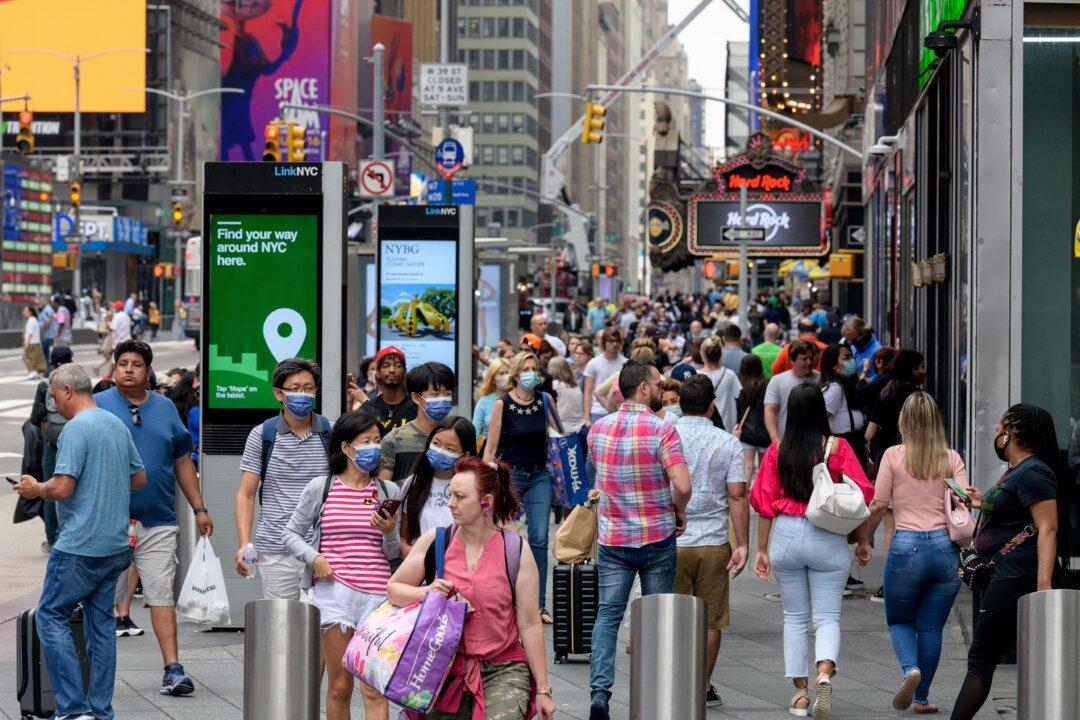Commentary
Humans, during the past century, were able to test the eternal belief that “more”—unlimited “more”—was what we needed. More human numbers; more food; more material goods; more wealth; more speed; more services; more years.

Humans, during the past century, were able to test the eternal belief that “more”—unlimited “more”—was what we needed. More human numbers; more food; more material goods; more wealth; more speed; more services; more years.